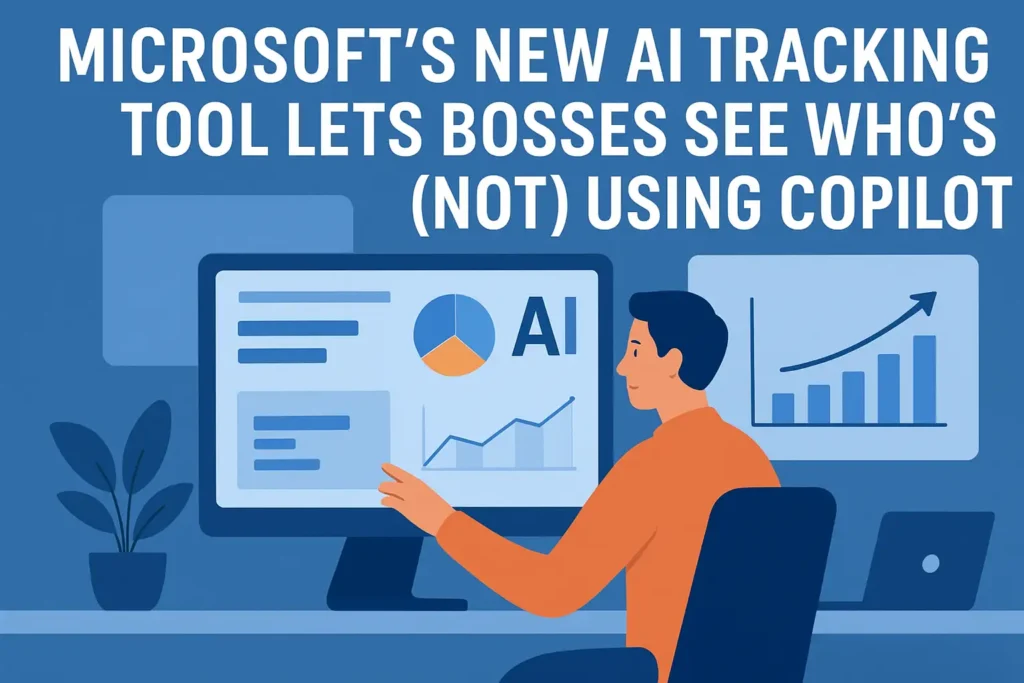As your team grows — with more tasks, clients, and projects — spreadsheets eventually stop being enough. At some point, every company needs a proper project management system. The problem is, the market is full of tools promising “complete control” and “maximum productivity.” So how do you choose a solution that actually helps your team instead of slowing it down?
What to Look For When Choosing a Tool
Before comparing specific apps, it’s worth defining what your team actually needs. A marketing agency, a software house, and an HR department all work differently. The key is to find a system that fits your workflow — not the other way around.
Here are the most important areas to consider:
- Task management – Does the tool allow you to use lists, Kanban boards, calendar views, or Gantt charts?
- Communication and comments – Can team members discuss tasks in context, without switching between multiple apps?
- Automation – Can it automatically remind users about deadlines, create recurring tasks, or react to specific events?
- Progress visibility – Can project leads quickly see who’s working on what and how far along tasks are?
- Integrations – Can the system connect with your existing tools, like chat apps, CRMs, or cloud storage?
- Ease of use – Can your team learn it in an hour, or will it require days of onboarding?
Most Popular Solutions
4ga Boards
A Polish platform focused on simplicity and clarity. It’s based on the Kanban method, allowing every project to be managed through visual task boards. 4ga Boards is especially appreciated by teams that don’t want to waste time on setup and training — you can start working in minutes. Its key strengths are data security and a minimalist design that avoids unnecessary clutter.
Trello
A classic lightweight tool for task management. Ideal for small teams or freelancers. It offers boards, lists, and cards, but shows its limitations in larger structures — especially when it comes to reporting and automation.
Asana
A more advanced system combining boards, lists, Gantt charts, and calendars. It’s great for companies managing multi-stage projects with complex dependencies. However, it requires more setup time and team discipline.
ClickUp
An “all-in-one” tool that combines projects, documents, chat, and time tracking. Perfect for organizations that want everything in one place, though its wide range of features can feel overwhelming at first.
Matching the System to Your Team Culture
There’s no one-size-fits-all solution. The choice should depend on how your team works:
- If you value simplicity and speed, consider 4ga Boards or Trello.
- If you need advanced control over complex projects, Asana or ClickUp will be a better fit.
- If you rely heavily on integrations (e.g., CRM, chat, or drive), make sure your chosen platform supports them seamlessly.
Conclusion
A good project management system doesn’t need hundreds of features. What matters most is that it supports the way your team actually works, without constant configuration or confusion.
Sometimes less is more — tools like 4ga Boards prove that effective project management can be simple when you focus on what truly matters: clear tasks, visible priorities, and genuine collaboration.










